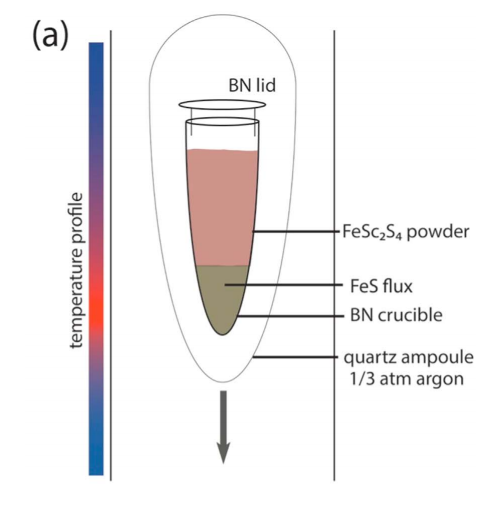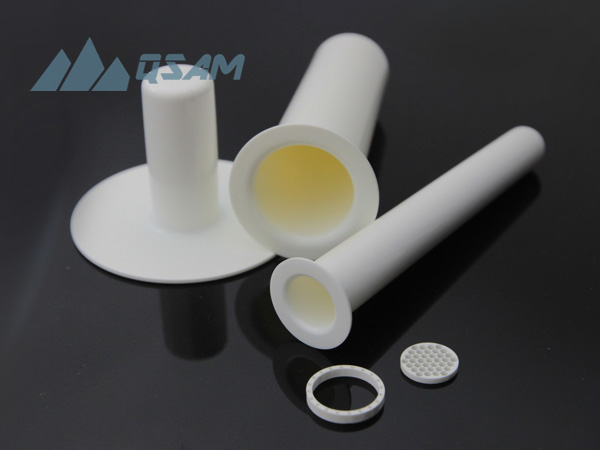Advancing Spin-Orbit Liquids with New Crystal Growth
Recent Developments
Professors J.R. Morey and T.M. McQueen from the Department of Chemistry and Institute for Quantum Matter at Johns Hopkins University, along with their research team, have published a paper in the Journal of Crystal Growth titled "Growth and Characterization of FeSc2S4 Crystals." This study not only elucidates the potential of this material as a Spin-Orbit Liquid (SOL), but also showcases a new breakthrough in crystal growth technology.
Research Background and Challenges
FeSc2S4 is a widely studied candidate material for Spin-Orbit Liquids, with unique physical properties that warrant in-depth experimental observation and theoretical research. However, the traditional iodine chemical vapor transport method has limitations in producing single crystals, such as small crystal sizes and deviations from the desired chemical stoichiometry due to changes in the Fe/Sc ratio and the substitution of iodine for sulfur.


Innovative Experimental Approach
To overcome these challenges, the research team employed the traveling solvent technique for single crystal growth. First, they prepared polycrystalline FeSc2S4 powder under anhydrous and anaerobic conditions by heating sulfur sheets and iron or scandium metal plates. The powders were then mixed in a 1:1 molar ratio and reacted at high temperatures to obtain stoichiometrically precise polycrystalline powder.
Rational Selection of PBN Crucibles
In the single crystal growth process, the researchers chose to use pyrolytic boron nitride (PBN) crucibles. This is because PBN has exceptionally high thermal stability and chemical inertness, allowing it to withstand the high temperatures (over 1517°C) required for the growth of FeSc2S4. Furthermore, PBN crucibles do not react with the solvents or other chemicals involved in the crystal growth, ensuring the purity and structural integrity of the crystals.
QSAM Inc., the leading manufacturer of PBN crucibles in the market, provides high-quality crucibles to support the experimental needs of researchers. Their professional manufacturing capabilities and customized services ensure that researchers can obtain the most suitable crucibles for their specific experimental requirements, thus driving the progress of scientific research.

PBN Crucibles
Results and Future Outlook
By employing the traveling solvent technique and utilizing high-quality PBN crucibles, the team successfully grew millimeter-scale FeSc2S4 single crystals. These single crystals were extensively characterized using single-crystal X-ray diffraction, magnetization, and heat capacity measurements, confirming their cubic structure and physical properties in agreement with previous reports on polycrystalline samples.
This research not only resolves the challenges of chemical stoichiometry and crystal size in the growth of FeSc2S4 single crystals, but also provides a strong technical foundation for the future application of the traveling solvent technique in a broader range of spin-orbit coupled material systems. Future research will focus on further optimizing the growth parameters to enhance the purity and size of the crystals, paving the way for in-depth exploration of the fascinating physical properties of these materials.
Conclusion
The work by the team of J.R. Morey and T.M. McQueen demonstrates how innovative material growth techniques can overcome the limitations of traditional methods, providing higher-quality samples for the study of Spin-Orbit Liquid materials. This not only holds significant importance for fundamental scientific research but may also impact the development of future quantum computing and high-performance electronic devices. As the technology progresses and the underlying theories deepen, we anticipate further breakthroughs and applications in this exciting field.
